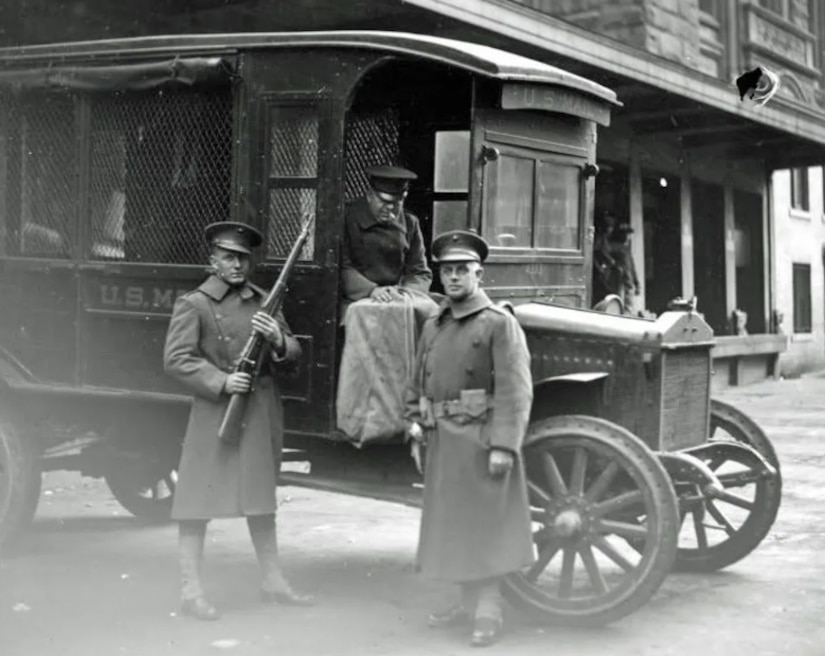April 27, 2020 | BY David Vergun , DOD News
As the COVID-19 pandemic continues, active duty military,
reserve and National Guard service members are responding in various ways, from
providing medical support and logistics to transportation and food delivery.
This isn't the first time the Defense Department has
assisted civil authorities in the United States.
In the early 1920s, President Warren G. Harding ordered the
Marines to protect mail delivery service after millions of dollars were stolen
in a rash of mail robberies. Armed Marines guarded mail trucks and trains
throughout the United States, with orders to shoot if necessary. Robberies of
the mail completely stopped.
However, by the mid-1920s, the Marines had withdrawn from
this duty, and robberies again became frequent. So once more, the Marines were
sent in. Robberies ceased, and when the Marines later withdrew, mail robberies
were no longer a problem.
One of the most destructive floods in the United States was
known as the Great Mississippi Flood of 1926 and 1927. About 500 people lost
their lives, and more than 700,000 became homeless. As a result, Congress
passed the Flood Control Act of 1928, directing the U.S. Army Corps of
Engineers to build levees along the river.
In August 2005, Hurricane Katrina came ashore in Florida,
Louisiana and Mississippi, causing massive flooding in those and several other
states, including in the city of New Orleans, which was especially hard-hit.
About 1,200 people died as a result of the flooding, and millions were left
homeless.
The Coast Guard, the Army Corps of Engineers, active duty service
members, guardsmen and reservists were called on to help with rescue, recovery,
cleanup efforts and rebuilding.
One of the worst snowstorms ever to hit Ohio, Pennsylvania,
New Jersey, New York and all of New England was the blizzard of 1978, which
raged from Jan. 26 to Feb. 7. Record snowfalls occurred throughout the region,
and about 100 people were killed. Weather forecasting at the time was spotty,
and many motorists got stranded on roads. The National Guard used helicopters
and tactical vehicles to rescue those stranded and manned emergency centers.
The Defense Department, as well as other government agencies
and civilian companies, have increasingly come under attack from Russia, China,
terrorists and criminals, both to disrupt service as well as steal intellectual
property. In 2018, DOD issued its U.S. National Cyber Strategy, which includes
protecting the American people and businesses by safeguarding networks and data
and strengthening the ability of the United States allies and partners to deter
and punish those who use cyber maliciously.
More recently, DOD has also been tasked with monitoring and
ensuring secure elections.
Those are just a few of the many examples of the department
protecting the homeland. Others include fighting wildfires and providing
security at major events such as the Super Bowl.








No comments:
Post a Comment